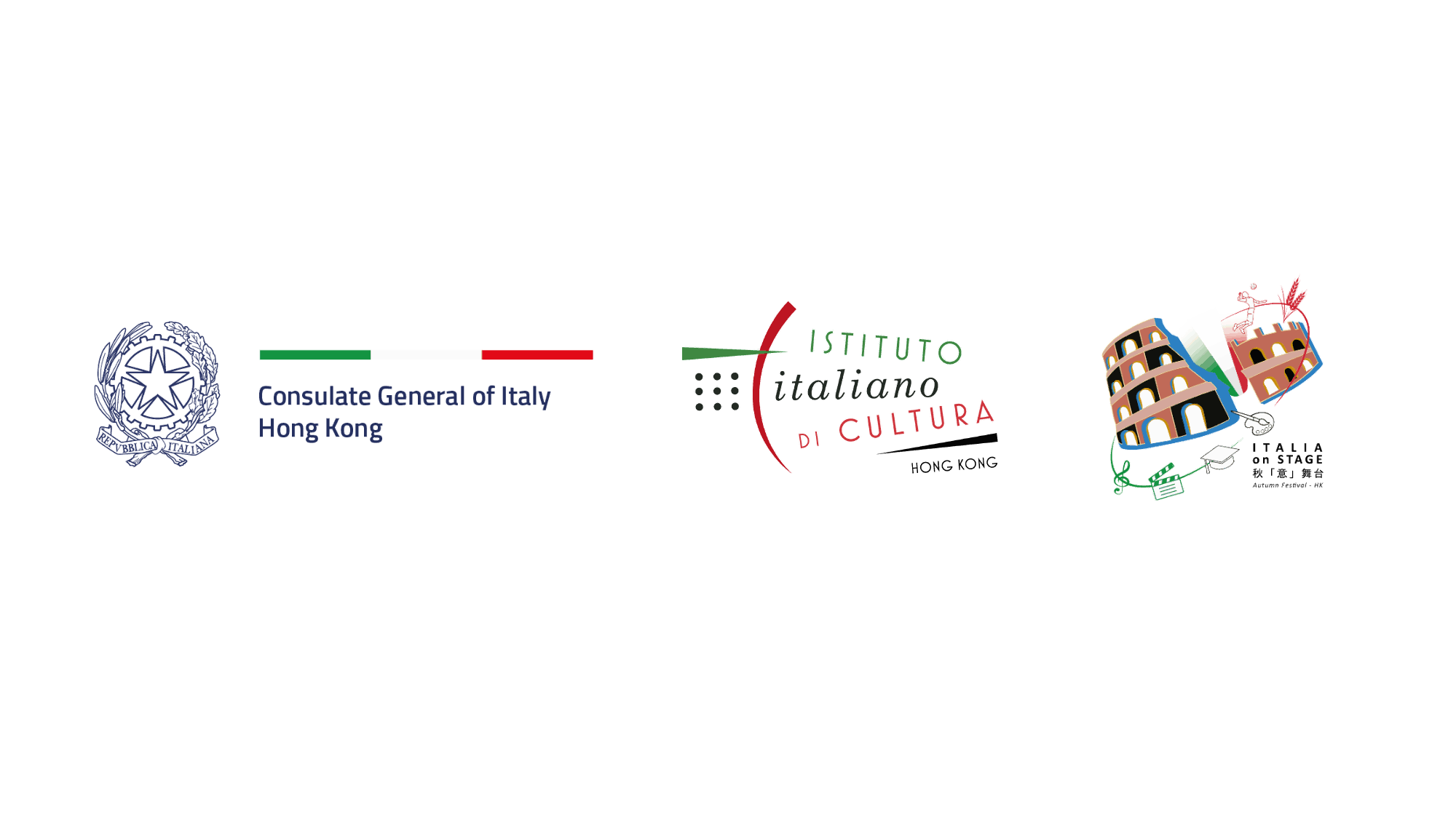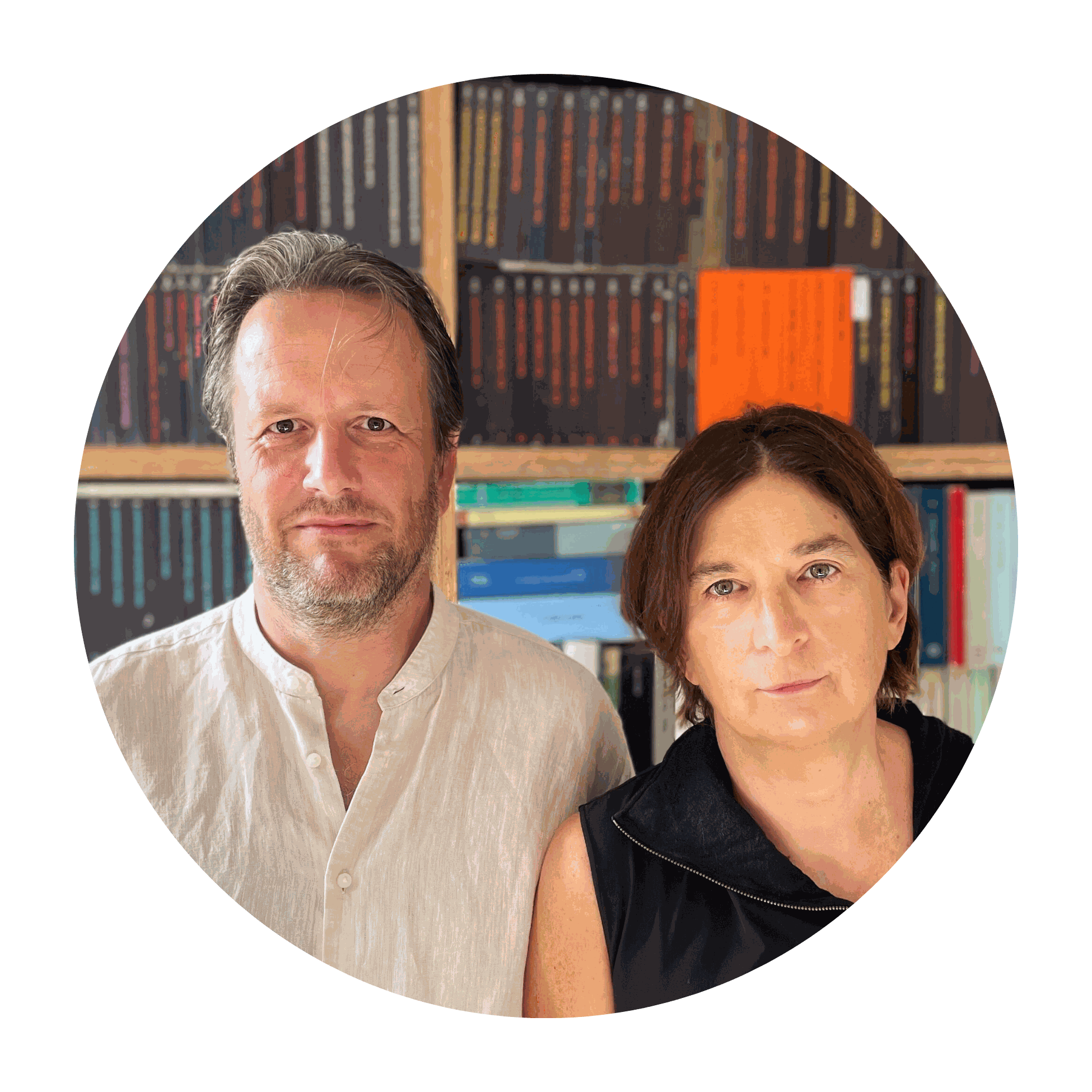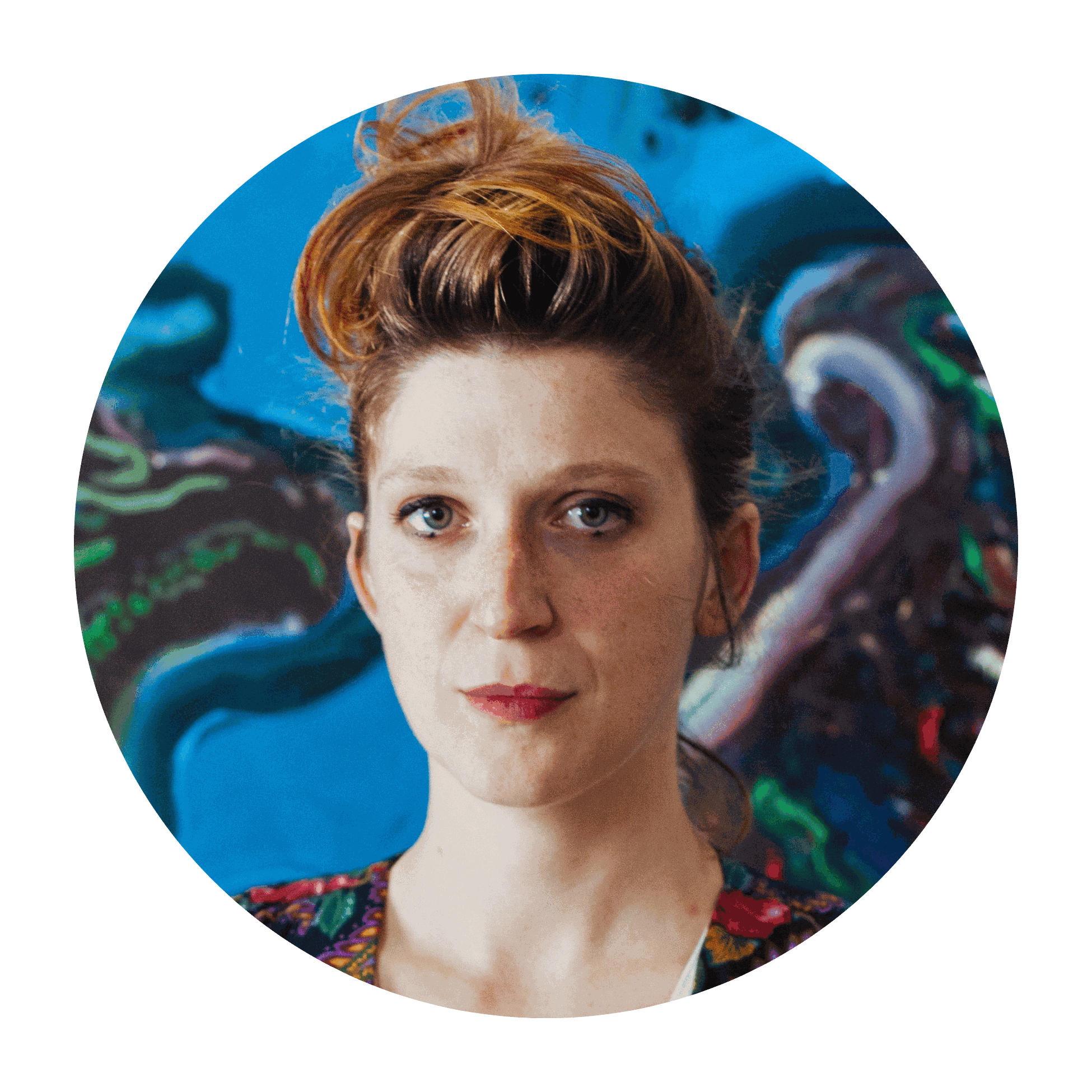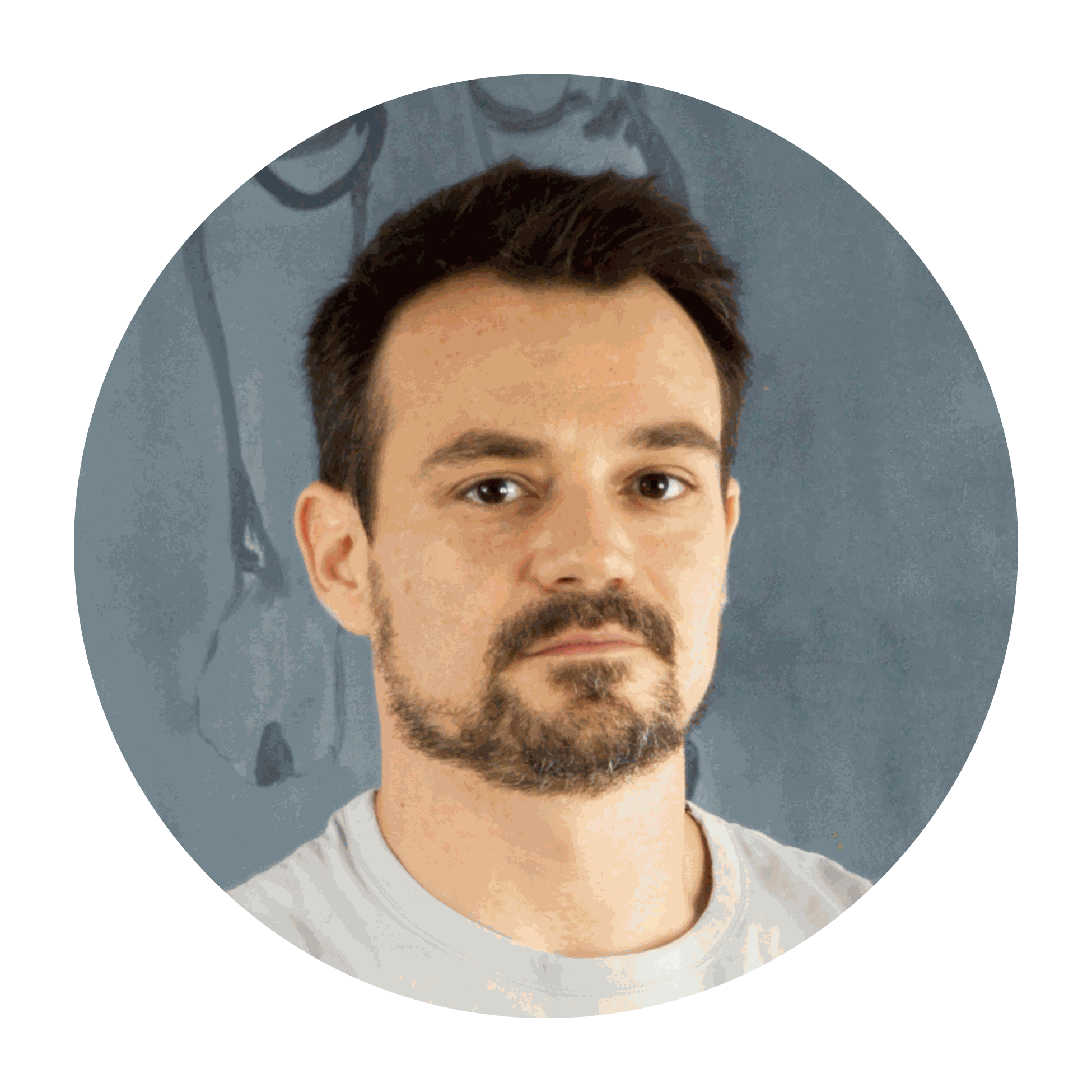Kwai Fung Salone is thrilled to present Human Silk — a group exhibition supported by the Consulate General of Italy and Italian Cultural Institute in Hong Kong, as the opening event of ITALIA on STAGE Autumn Festival Hong Kong. It presents three outstanding mid-career artists from Italy, Paola Angelini, Thomas Braida and Nebojša Despotović, all of whom received their education in the city of Venice and have developed their distinguished careers with various degrees of connection to the lagoon city, which inspired the title of the exhibition. From Venice to Hong Kong, China, such cross-continent dialogue connecting the East and West brings to mind Marco Polo and his famous voyage along the Silk Road, a well-travelled record of human histories, connections, civilizations, and cross-cultural exchanges. Approaching contemporaneity through history and heritage, all three artists manifest what we call Human Silk, an attempt to locate the complexity and fluidity of human relations and perception in the flux of time.
This exhibition is our first collaboration with guest curators, Aurora Fonda and Sandro Pignotti, who are both from Venice. With an anthropological overtone, this exhibition delves into the essence of human sensibility, human perception, human art and human treasures. Taking as a point of departure their shared roots in the tradition of twentieth-century European art and their parallel interest in reinterpreting its artistic heritage, this exhibition brings the three artists together for the first time to trace the legacy of Italian and European modernist paintings and offers a fresh look at their role in art history.
Supported by

Paola Angelini (b.1983, San Benedetto del Tronto in Italy) works with motifs inspired by twentieth century statuary, Medieval tapestries, Italian art history, her own unconscious, and nature. Her work reveals influences from such Italian tradition as Magic Realism and the Roman School as well as the artist's beloved sculptors such as Pericle Fazzini. The figures within herpaintings exist somewhere between fleeting memories and a static world inhabited by ancient statues and relics. She describes the unique texture of her paintings—an inimitable surface that is at once smooth and rough — as‘pictorial flesh’, where her inventive use of traditional material such as rabbit glue and plaster brings a new visual dimension to her canvas. This‘flesh’weaves together personal memories, historical references, art historical context, modern iconography as well as the artist's questions on the intertwined relationship between contemporary experiences and art history. Their vivid yet restrained palettes and eclectic compositions collapse time and take on what is termed‘scenic opening’, a way to open up both visual and narrative space by collaging seemingly disconnected elements on canvas.
Thomas Braida (b.1982, Gorizia in Italy) reinvents the classical genres of still-life and landscape with imageries that are at times dreamy and mystical, at times grotesque and humorous. In his compositions, artists James Ensor, George Grosz, Francisco Goya, and even the entire Prado Museum in Madrid and the Museum of Natural History in Vienna seem to coexist with a scrolling list of Instagram snapshots, cross-referencing between pop and high culture. In doing so, Braida probes into the language of painting by confronting traditional iconography with ironized historical and mythological references interspersed with anthropomorphic creatures, uncanny subjects and current events, disrupting our habitual way of reading cultural symbols deeply conditioned by the long history of art.
In his own enchanting way, Braida reveals a dimension of secret fantasies and mystical sublime in our ancient past as well as in our daily lives, prompting the viewer to reimagine the real and discover the purity of childhood hidden inside everyone. His work reminds us that painting is much more than a visual experience; it is rather a book and the canvas is a theatrum mundi.
Nebojša Despotović (b.1982, Belgrade in Serbia) has developed an idiosyncratic style from the traditional genre of portraiture by simultaneously creating and erasing his figures in his compositions, placing emphasis on the time passed, traces of memory and the psychological responses they evoke rather than their physical resemblance. Oscillating between figuration and abstraction, his subjects exist between a remote past and the present, often with a touch of melancholy. Despotović usually begins his creative process by digging through and studying his personal photo archive, images are then deconstructed and decontextualized through the artist’s subjective choice of forms and colours, distilling the figures into their essence, into an emotional atmosphere; such a bold and expressive execution evokes that of André Derain and Henri Matisse, yet it is not an expression of the Fauves but of daily life in our own time.
With their own poetic approaches in manipulating imageries that are at once familiar and foreign, Paola Angelini, Thomas Braida and Nebojša Despotović demonstrate their nuanced understanding of the history of painting and cultural legacies in relations to our changing perspectives in the past and present. In their sensible effort to reconcile historical narratives and contemporary experiences, we can catch a glimpse of truth, integrity and authenticity encrypted in the beauty of art that often evade us through the gap between reality and illusions, traditions and contemporary values, individual memories and fragmented history.
About GUEST CURATOR

Aurora Fonda was born in Slovenia and currently lives in Venice, Italy. With a PhD in Art History, she has worked as an independent curator since 1993, curating exhibitions featuring established artists, such as Andy Warhol, Lucio Fontana and Joseph Beuys. Since 2003, she has been the director and curator of the A plus A Gallery, an official venue funded by the Ministry of Slovene Culture for the Slovenian pavilion at the Venice Biennale from 1998 to 2014. She was the curator of the Slovenian pavilion in 2001 and 2015. In 2004, Fonda co-founded the School for Curatorial Studies Venice with Sandro Pignotti, with a focus on experimentation and interdisciplinary thinking. In 2015, they also established a private gallery featuring various artists. Fonda is also a regular critic and contributor for magazines, radio and television.
Sandro Pignotti holds a PhD in Philosophy and German Literature. He was a fellow at the Franz Rosenzweig Minerva Research Center in Jerusalem and the Simon Dubnow Institute in Leipzig, Germany. He lectures at Kassel University and Bonn University, and has published articles and books about Walter Benjamin, Rainer Maria Rilke, Hermann Cohen, Franz Kafka, J. W. von Goethe and Leo Strauss. Since 2004, Pignotti has been the director of the School for Curatorial Studies Venice, where he teaches Theory of Knowledge, Aesthetics and Art Theory. Alongside Aurora Fonda, he is the founder and director of the A plus A Gallery. They have organized exhibitions featuring artists such as Jesse Darling, R.B. Kitaj and Joseph Beuys.
ABOUT THE ARTIST

Paola Angelini (b. 1983) was born, lives, and works in San Benedetto del Tronto, Italy. She obtained her BA Degree in Painting from the Academy of Fine Arts in Florence. She exhibited in the Norwegian Pavilion at the 54th Venice Biennale, in an exhibition entitled Baton Sinister. In 2014 and 2016, she participated in the Artist in Residence program at the Nordic Artists' Centre Dale, Norway, as well as the Fondazione Bevilacqua La Masa residency in Venice.

Thomas Braida (b. 1982) was born in Gorizia, Italy, and lives and works in Venice. He graduated with honors in Painting from the Academy of Fine Arts in Venice in 2010. He participated in the Artist in Residence program at Fondazione Bevilacqua La Masa in Venice and was awarded the first prize in 2010 and 2011 for the 93th and 94th Collettiva Fondazione Bevilacqua La Masa.

Nebojša Despotović (b. 1982) was born in Belgrade, Serbia. He lives and works between Berlin and Treviso. In 2006, he obtained his degree in Painting, and in 2011, he obtained a degree in Visual Arts, both from the Academy of Fine Arts in Venice. In 2011, he was granted a Studio Residency at Fondazione Bevilacqua La Masa in Venice. From 2016 to 2018, he was an Artist in Residence at the Professional Association of Visual Artists in Berlin.
